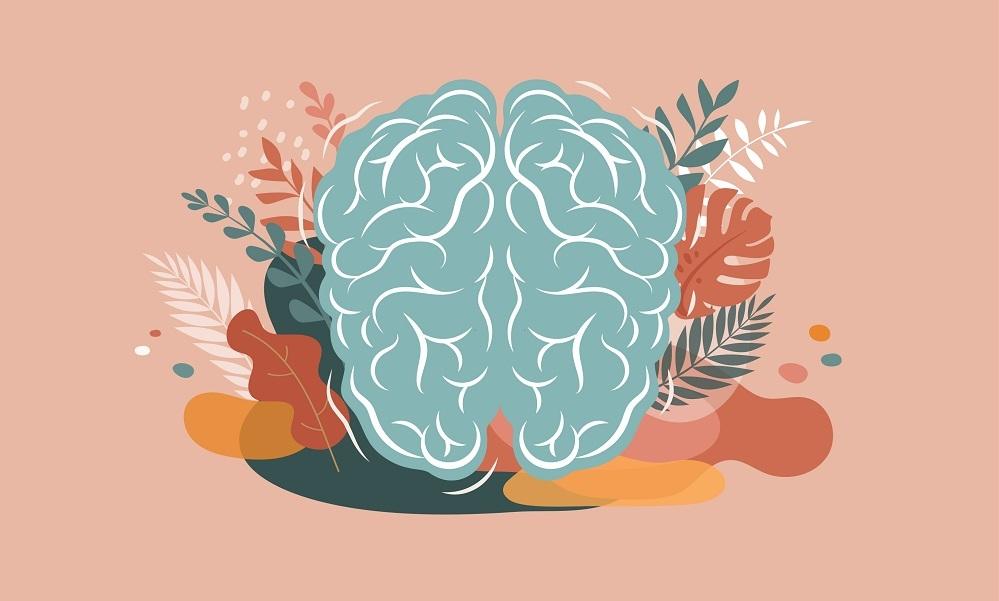In a world that often feels like it’s spinning faster than we can keep up, the ancient practice of mindfulness has emerged as a beacon of calm and clarity. While its benefits for mental well-being are well-documented, a growing body of research suggests that mindfulness may also hold the key to unlocking a myriad of physical health benefits. This intriguing connection between the mind and body invites us to explore how the simple act of being present can lead to profound changes in our physical health. From reducing chronic pain to bolstering the immune system, mindfulness is proving to be a powerful ally in the quest for holistic well-being. As we delve into the fascinating interplay between mindfulness and physical health, we uncover the potential of this practice to transform not just how we think, but how we live in our bodies.
Mindfulness and Its Impact on Physical Well-being
Mindfulness, the practice of staying present and fully engaging with the moment, extends beyond mental tranquility and significantly influences physical health. By promoting a state of calm and reducing stress, mindfulness can lead to tangible health benefits. Studies suggest that regular mindfulness practices can help to lower blood pressure, improve sleep quality, and enhance immune function. This happens as the body’s stress response diminishes, reducing the production of cortisol, a hormone that can negatively impact the body’s systems when present in excess.
- Reduced Stress: Engaging in mindfulness can lead to lower stress levels, which is beneficial for heart health and overall bodily function.
- Improved Sleep: Mindfulness practices often lead to better sleep patterns by calming the mind and promoting relaxation.
- Enhanced Immune Function: By decreasing stress and improving emotional regulation, mindfulness can bolster the immune system.
Moreover, mindfulness encourages individuals to become more attuned to their body’s needs, fostering healthier lifestyle choices. Whether it’s recognizing the need for physical activity, making dietary adjustments, or simply understanding the importance of rest, mindfulness helps individuals make decisions that support physical well-being. The journey of mindfulness not only nurtures the mind but also fortifies the body, creating a harmonious balance that contributes to a healthier, more vibrant life.

Unveiling the Science Behind Mind-Body Harmony
At the core of achieving balance between mental and physical states lies the intriguing interplay of mindfulness practices and physiological well-being. Recent studies suggest that engaging in mindfulness techniques such as meditation and yoga not only calms the mind but also initiates a cascade of beneficial effects on the body. Increased immunity, reduced inflammation, and lowered stress hormone levels are just a few examples of how mindfulness can transform physical health. By focusing on the present moment and cultivating awareness, individuals often report improved heart health, enhanced sleep quality, and even better pain management.
Moreover, the neuroplasticity of the brain—the ability to form new neural connections—plays a pivotal role in this symbiotic relationship. Engaging in regular mindfulness practices can lead to structural changes in brain regions associated with attention, emotion regulation, and self-awareness. This, in turn, fosters a more resilient mental state that supports overall physical health. Consider incorporating the following into your daily routine to harness these benefits:
- Mindful breathing exercises to reduce anxiety and improve focus.
- Guided meditations that promote relaxation and enhance mood.
- Yoga practices that integrate physical movement with mindful awareness.

Practical Mindfulness Techniques for Health Improvement
Incorporating mindfulness into daily routines can significantly enhance physical health by reducing stress, improving sleep, and boosting overall well-being. Here are some practical mindfulness techniques that can be easily integrated into your life:
- Mindful Breathing: Set aside a few minutes each day to focus solely on your breath. Inhale deeply through the nose, hold for a moment, and exhale slowly through the mouth. This simple practice can help lower blood pressure and decrease anxiety levels.
- Body Scan Meditation: Lie down comfortably and mentally scan your body from head to toe. Pay attention to any sensations or areas of tension, acknowledging them without judgment. This technique can aid in relaxation and improve bodily awareness.
- Mindful Eating: When having a meal, concentrate on the flavors, textures, and aromas of your food. Chew slowly and savor each bite, which can enhance digestion and prevent overeating.
- Walking Meditation: Engage in a slow, deliberate walk, focusing on the movement of your legs and the contact of your feet with the ground. This practice can be refreshing and help clear your mind while providing a gentle form of exercise.
By embracing these techniques, you can cultivate a deeper connection between mind and body, leading to improved physical health and a more balanced lifestyle.

Integrating Mindfulness into Daily Routines for Better Health
Incorporating mindfulness into everyday life can lead to profound benefits for physical health. By paying close attention to the present moment and engaging in practices such as meditation, deep breathing, or mindful walking, individuals can significantly reduce stress levels, which are often linked to various health issues. Mindfulness encourages a more conscious awareness of bodily sensations, allowing for early detection of potential health problems and fostering a deeper connection with one’s physical state.
- Enhanced Immunity: Regular mindfulness practice can boost immune function, making the body more resilient to illnesses.
- Improved Sleep: Mindfulness techniques help calm the mind, resulting in better sleep quality and overall restfulness.
- Lowered Blood Pressure: By promoting relaxation, mindfulness can help lower blood pressure, reducing the risk of heart-related issues.
- Pain Management: Mindfulness can alter the perception of pain, providing a natural method to cope with chronic pain conditions.
Integrating simple practices into daily routines, such as mindful eating or setting aside a few minutes for a quiet reflection, can seamlessly weave mindfulness into the fabric of everyday life. These small adjustments not only nurture the mind but also cultivate a healthier body, making mindfulness an invaluable tool for overall well-being.
To Wrap It Up
As we draw the curtain on this exploration of the intricate dance between mindfulness and physical health, it becomes clear that the journey inward holds the key to unlocking outward vitality. The symbiotic relationship between mind and body is a testament to the profound interconnectedness that defines our human experience. By embracing mindfulness, we not only cultivate a serene mental landscape but also pave the way for a healthier, more resilient physical existence. As you step away from this article, consider taking a moment to breathe deeply, ground yourself in the present, and reflect on the harmonious symphony of your own mind-body connection. Whether through mindful meditation, gentle yoga, or simply a moment of stillness, may you continue to nurture this vital bond, fostering a life of balance and well-being.
